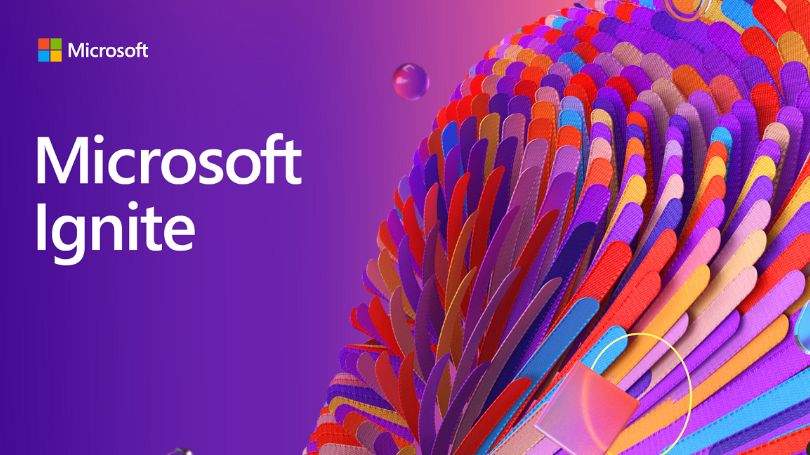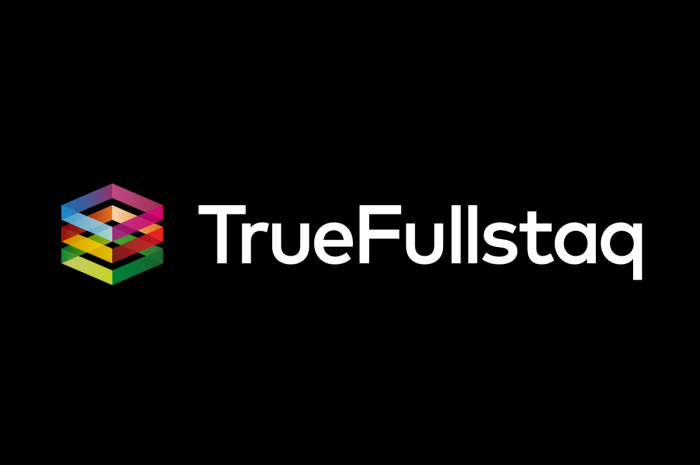The annual Microsoft partner event ‘Inspire’ took place on 14 and 15 July. At Inspire, Microsoft presents its latest news and vision for the IT market. Previously, we published a series of blogs about Inspire. In this last blog, we will focus on the power of data. What role does data play in modern information strategy? And how is Microsoft responding to the increased importance of data analytics, migration and management? Keep reading to find out!
Information explosion
We are currently in the midst of a renaissance of digital information characterized by a far-reaching ‘datafication’ of both society and business. This means that more and more organizations are becoming data-driven, and companies and governments are becoming increasingly dependent on ‘the new gold’. For example, a study by the Central Agency for Statistics (CBS, Centraal Bureau voor de Statistiek) shows that the value of data increased sharply between 2001 and 2017 and is still on the rise. The amount of data we all produce on a national and global level also continues to grow at an unrelentingly spectacular rate.
Whether you want to gather reliable data on climate change, automation, or the sales success of certain products, data is the basis for gaining the necessary insights and drawing up a good strategy. As a result, we are seeing changes in the way information is being used and managed. Traditionally, data has mainly been managed as a system. This means that making information available is key.
Data as a strategy
What we’re seeing today is a shift toward data as a strategy. Data management is no longer so much about proactively capturing information for internal business processes alone, than it is about using data and information to include parties in your company’s goals. This mainly concerns questions such as: Which data leads to which insight? And what do these insights mean for my target audience? What do these mean for my strategy and target audience? And how do I align my business processes and services as closely as possible in order to meet my customers’ needs and wishes?
In today’s environment, data is no longer just a means to an end; it’s a strategy that inherently belongs to the business strategy that you’ve outlined in order to achieve your goals. The importance and value of data are also not industry-specific; in 2021, industries and SMEs are just as dependent on it as specialized tech companies.
Data transition and ERP and CRM systems
The changing role and increased importance of data also has implications for ERP and CRM systems. The days of ERPs and CRMs as process-driven systems are largely over. Today’s companies are not the end or the beginning, but instead make up part of a customer’s end-to-end journey.
This means that ERP and CRM systems are no longer used for secondary processes, but to drive them instead. Ideally, a modern ERP and CRM system is much more focused on optimizing your customer service than on tightly regulating internal processes that do not generate direct added value for that same customer. In doing so, these systems form the foundation of data.
Microsoft and data’s new role
At Broad Horizon, we follow Microsoft’s developments closely in order to help our clients get the most out of data and systems. Inspire 2021 showed us that Microsoft clearly understands data’s new role. It’s time to take a look at how that translates to the innovative tech giant’s platform and tools.
Migration and modernization
One development that stood out during Inspire was Microsoft’s continued emphasis on migration and modernization. The company continues to build tools and features as part of its Azure Migration and Modernization Program that enable and facilitate the migration of data to a hybrid Azure environment. For example, the extensive options for adding Azure services to an existing cloud infrastructure and running managed databases like Azure SQL and Azure Postgres on the infrastructure of your choice. Extending machine learning to the edges of the network, close to the data sources, will also be possible. That’s why Microsoft is not only strongly committed to the hybrid platform, but also to get us there.
A good example would be Microsoft’s further perfecting of a solution like the Azure Database Migration Service. This service simplifies and guides the migration of databases to Azure from on-premises and other clouds. PowerShell also helps you automate large parts of the migration process. Azure Arc also gives you the ability to move toward a hybrid cloud environment in phases. Instead of opting for a large, time-consuming, and expensive process, you can break the switch down into small steps.
Where previously people often worried about moving to the cloud, the concern these days is more about finding a manageable path for data migration. We can reasonably consider this as another step towards maturity in thinking about the cloud, data migration, and data management.
Security throughout the ecosystem
As in many other areas, Microsoft is taking a holistic approach to data security. Microsoft’s vision for security centres on securing data at all times. They’re focused on securing the entire cloud environment (servers, applications, the network, risks when migrating data or applications) from one central architecture. A product like Azure Lighthouse provides a high-level form of managed security that’s closely intertwined with the entire Microsoft cloud ecosystem. The result? Policy-based security management all the way from data to the end user.
At Inspire, Microsoft announced that, starting 30 July, Azure SQL (a collection of intelligent and secure management solutions that leverage the SQL server database in Azure) can be co-managed as a resource in Azure Arc using Azure Lighthouse. The benefit being that you can now manage your hybrid SQL server environments as you see fit during and after a data migration. In addition, Azure Arc’s integration with Lighthouse also gives you more capabilities to manage resources in edge, data centre, and multicloud environments.
Making information accessible
Another one of Microsoft’s strengths is that its architecture is increasingly focused on making information as efficient as possible to access. Where many companies are very good at doing one thing and narrow in their scope, Microsoft also takes a very holistic approach to data management. Azure Event Grid is a good example. Event Grid connects data sources using routing management and API links.
That’s how, together, Broad Horizon can help you get the most out of data.
Broad Horizon has the expertise and experience to help you take the necessary steps towards optimizing data use in your organization. Together with our customers, we go on a journey where we lead, innovate, and continuously improve; we call this the Continuous Journey. As an accredited Microsoft partner, we can also guide you through the solutions and tools that we’ve outlined in this article.
Would you like to know more? If you want to get more value out of your data and systems or have a concrete case that you would like to discuss with us, please get in touch. Together, and on our bill, we can talk about your options. You can call us at 088 008 3500 or e-mail info@broadhorizon.nl.
This blog is part of a series of blogs about Microsoft Inspire 2021.


